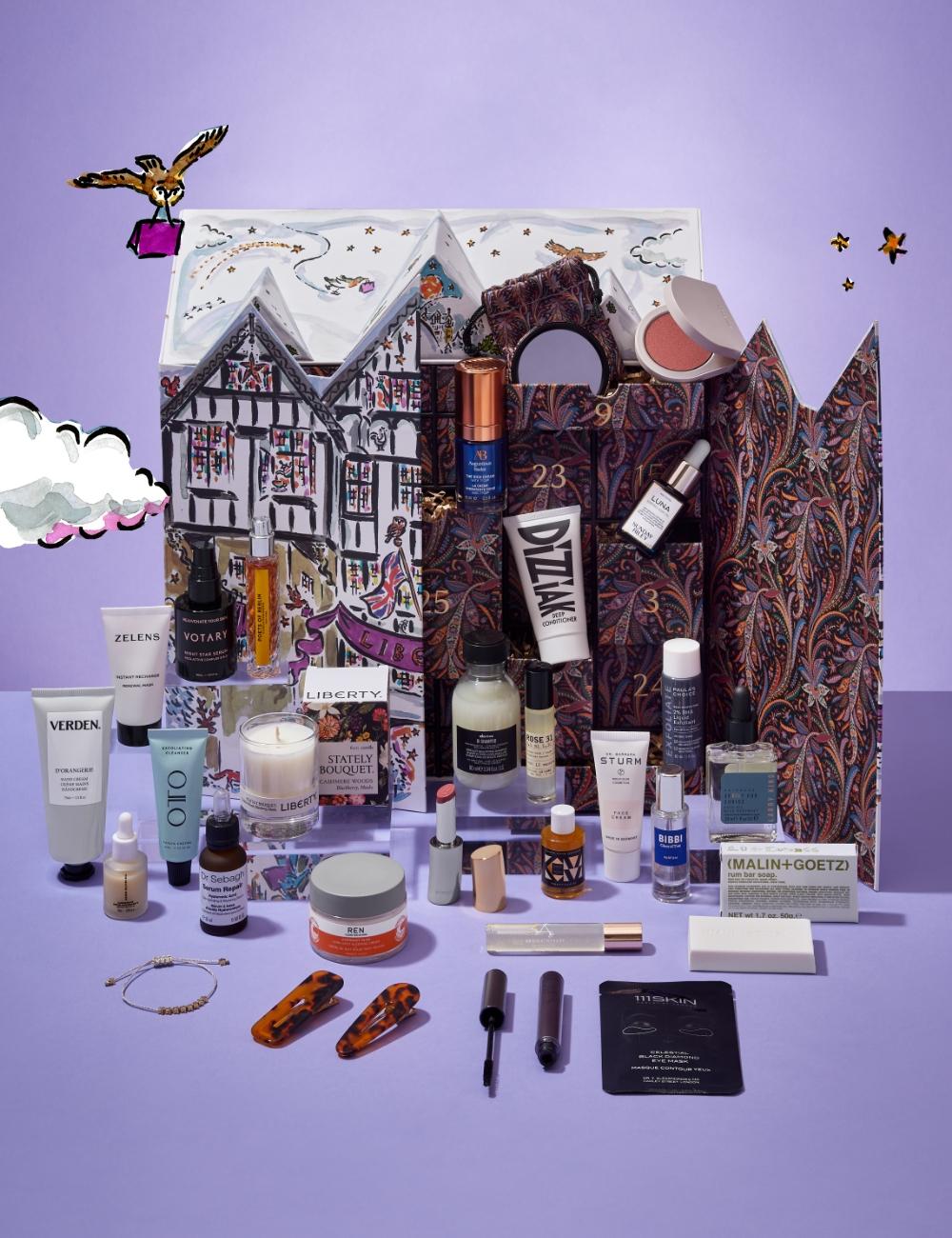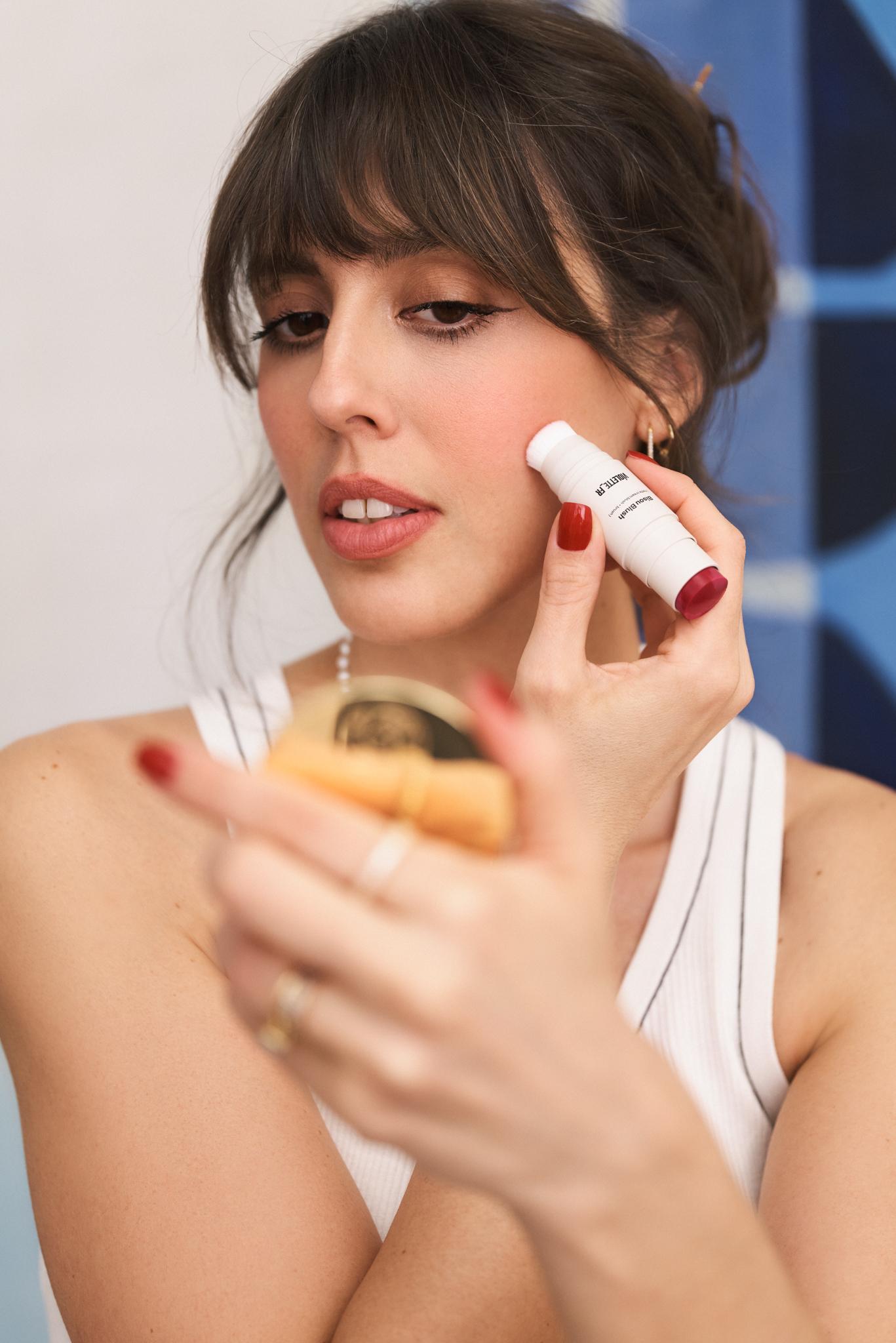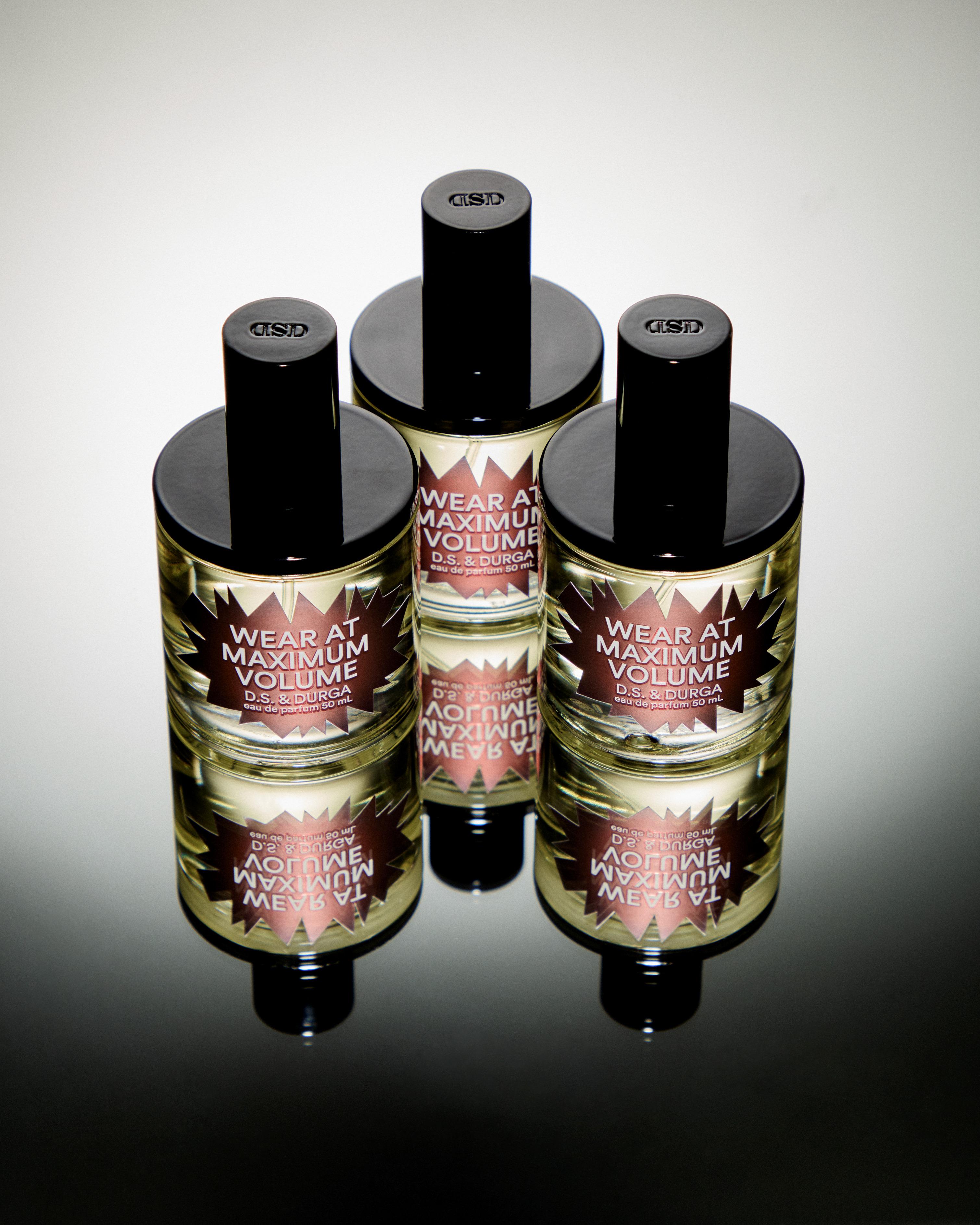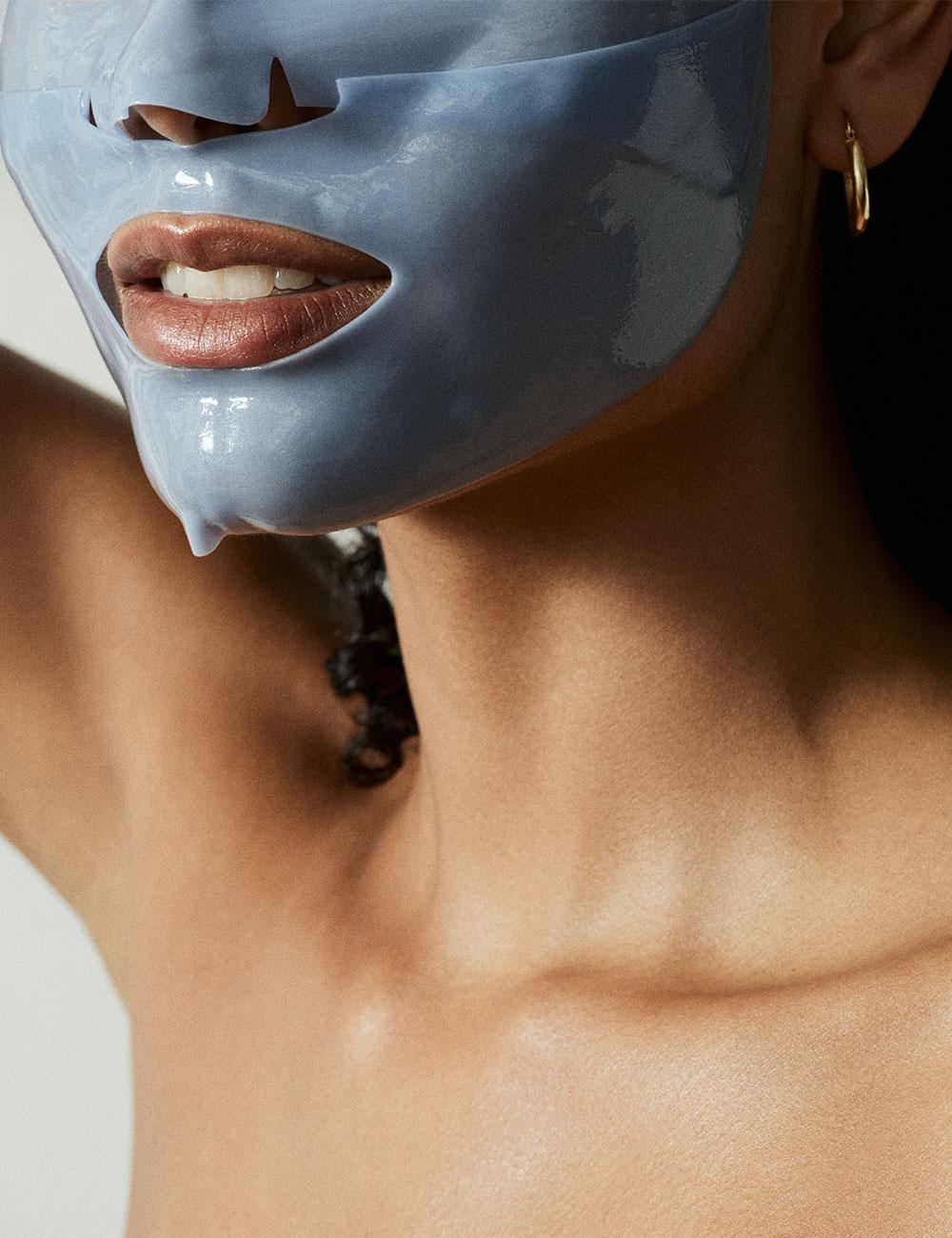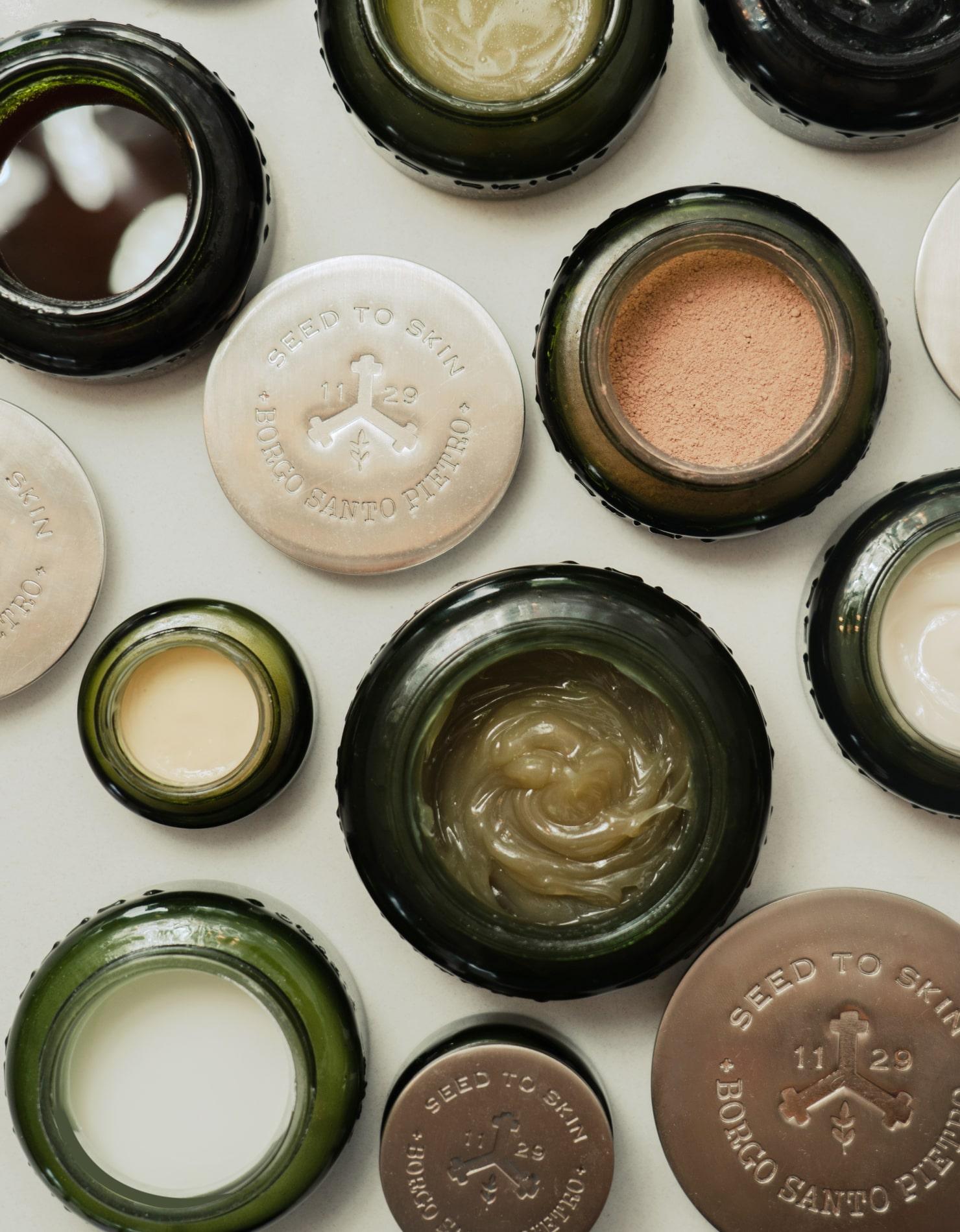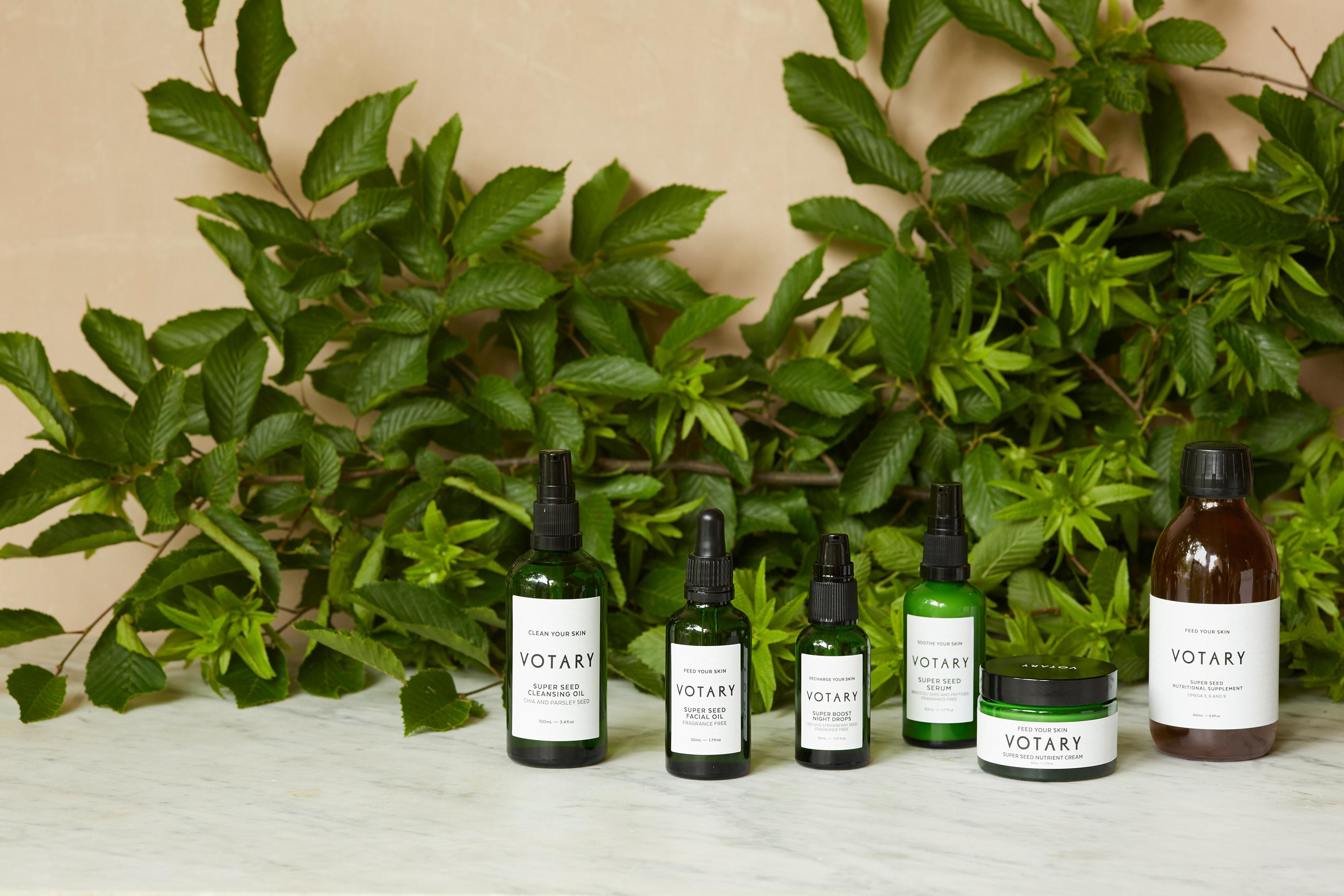Under the Microscope: Hyperpigmentation
If uneven skin tone is your top concern, seek solace in the guidance of our experts
Read more
Under the Microscope: Hyperpigmentation
If uneven skin tone is your top concern, seek solace in the guidance of our experts
By: Team LibertyWe’re going in search of the answers to your most stubborn skin concerns, with the help of the industry’s leading experts. Next on our list, it’s hyperpigmentation: the mysterious dark patches that threaten our hopes of a glowing, even-toned complexion. But what really is it and how can you beat it? Our beauty professionals reveal all…
“An uneven skin tone, called hyperpigmentation, is irregular darkening of the skin. The cause: overproduction of melanin, the pigment responsible for skin and hair colour.”
Sally Penford, Director of Education - Dermalogica
“Pigmentation is a rapidly growing issue. Much too often it’s ‘treated’ too aggressively, this results in a quick fix and ignores longer term effect. Always avoid bleaching or lightening products as these can cause further damage and sensitivity to the skin.”
Rowan Hall-Farrise, International Trainer - QMS Medicosmetics
Get to the Root
Exposure to harmful UV rays is the most recognised cause of dark spots but hyperpigmentation goes beyond sun damage alone. Finding the source is vital for identifying the right means of treatment: melasma can be attributed to contraceptives or hormonal changes during pregnancy, while skin trauma from acne or scarring can also contribute, known as post-inflammatory hyperpigmentation.
“Sérum Placenta and Crème Placenta are the best Biologique Recherche products to treat post-inflammatory hyperpigmentation. They have strong healing, repairing and regenerating properties, great for weakened and damaged skin affected by imperfections like post-acne scarring.”
Dominika Dracz-Le Grange, National Brand Trainer - Biologique Recherche
Exfoliate!
First things first, exfoliate. Clearing surface skin cells is a key step for drawing out dark patches. Abrasive scrubs can further aggravate the skin, especially in the case of sun damage or post-inflammatory pigmentation, so cut the grit in favour of a gentle formula or resurfacing AHA solution.
“Treat existing hyperpigmentation by first sloughing off dead, dulling skin cells at the surface. This clears the path for the ingredients in your serums and moisturisers to better penetrate the skin. Dermalogica Daily Microfoliant gently exfoliates while instantly brightening dull, lacklustre skin.”
Sally Penford, Director of Education - Dermalogica
EXFOLIATORS
Vitamin C
As good for your skin’s vitality as it is for your immune system, antioxidant vitamin C is a key ingredient for neutralising free radicals and reversing the effects of sun damage – including hyperpigmentation. Choose potent serums or creams to visibly reduce irregular pigmentation and reveal brighter skin over time.
Retinol
By accelerating skin renewal and diminishing the appearance of dark spots, retinol – a derivative of vitamin A – is a powerful force against uneven skin tone. But go slow. Starting on a low concentration is essential to give your skin time to adapt and minimise irritation but, with prolonged use, the results can be groundbreaking!
“Seek out products that contain activated charcoal to help remove pollutants; oligopeptides, niacinamide and zinc glycinate to help control melanin production; and retinol to restore skin’s glow.”
Sally Penford, Director of Education - Dermalogica
“Use the Biologique Recherche brightening family – Lotion P50 PIGM 400, Serum PIGM 400 and Crème PIGM 400 – for sun spots, to prevent and reduce pigmentation due to sun exposure, and the skin barrier to fight free radicals. Soy-based pure genistein, wasabi extract, plum pulp extract protect the skin and inhibit melanin to lighten dark spots.”
Dominika Dracz-Le Grange, National Brand Trainer - Biologique Recherche
VITAMIN C / RETINOL
Eat Up
When it comes to diet, carotenoids found in dark leafy greens, red fruits and red seafood could improve and even prevent hyperpigmentation, filtering UV radiation and reducing oxidative stress while stimulating regeneration of the skin and brightening from within.
Use Protection
While it’s not the trigger behind all cases, sun exposure undoubtedly exacerbates pigmentation issues – especially if you go without SPF. Prevention is better than cure, but it’s never too late to minimise the likelihood and severity of repeat occurrences.
“Unprotected sun exposure is the number one culprit behind hyperpigmentation. Applying a sunscreen or moisturiser with a Broad Spectrum SPF of at least 30 is the easiest way to help prevent new spots. UV damages skin in summer and winter so apply your SPF daily – 365 days of the year.”
Sally Penford, Director of Education - Dermalogica
“Add QMS Cellular Sun Shield SPF 50 to your skin to help protect from further pigmentation during the day. As a preventative measure, it is an absolute must. The natural shea butter cares for the skin, whilst Vitamin E helps protect against free radical damage.”
Rowan Hall-Farrise, International Trainer - QMS Medicosmetics






?fmt=auto&qlt=default)

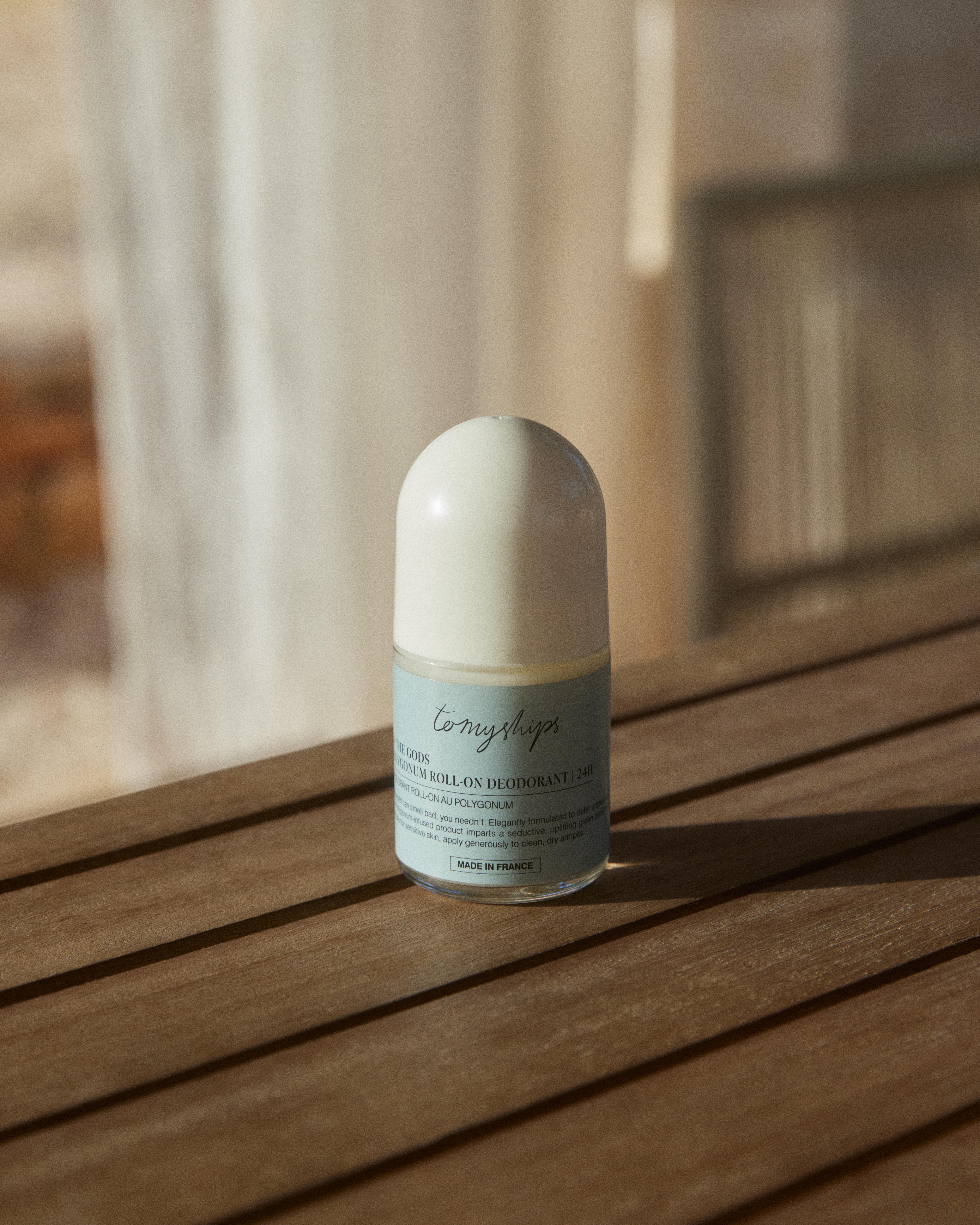




















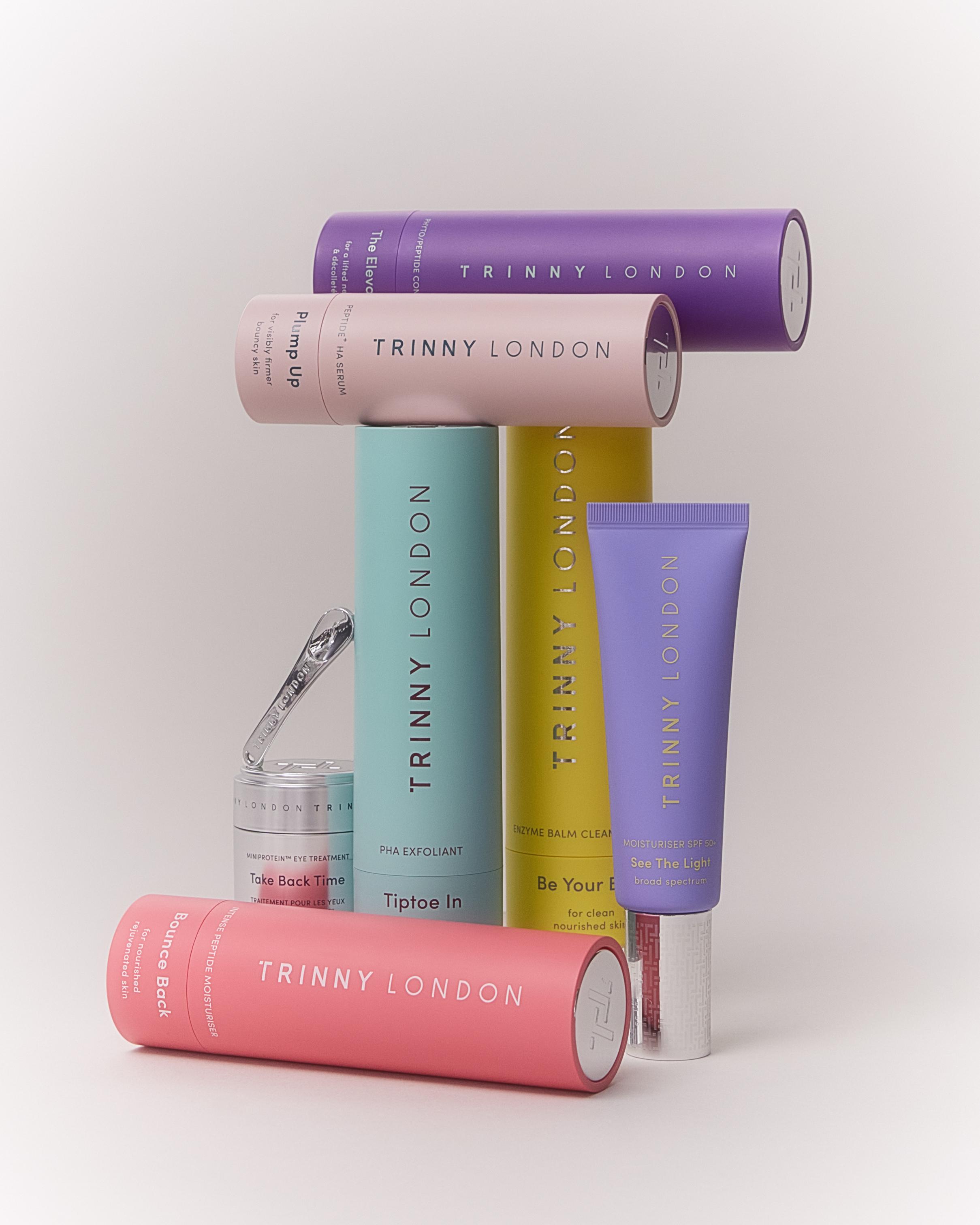















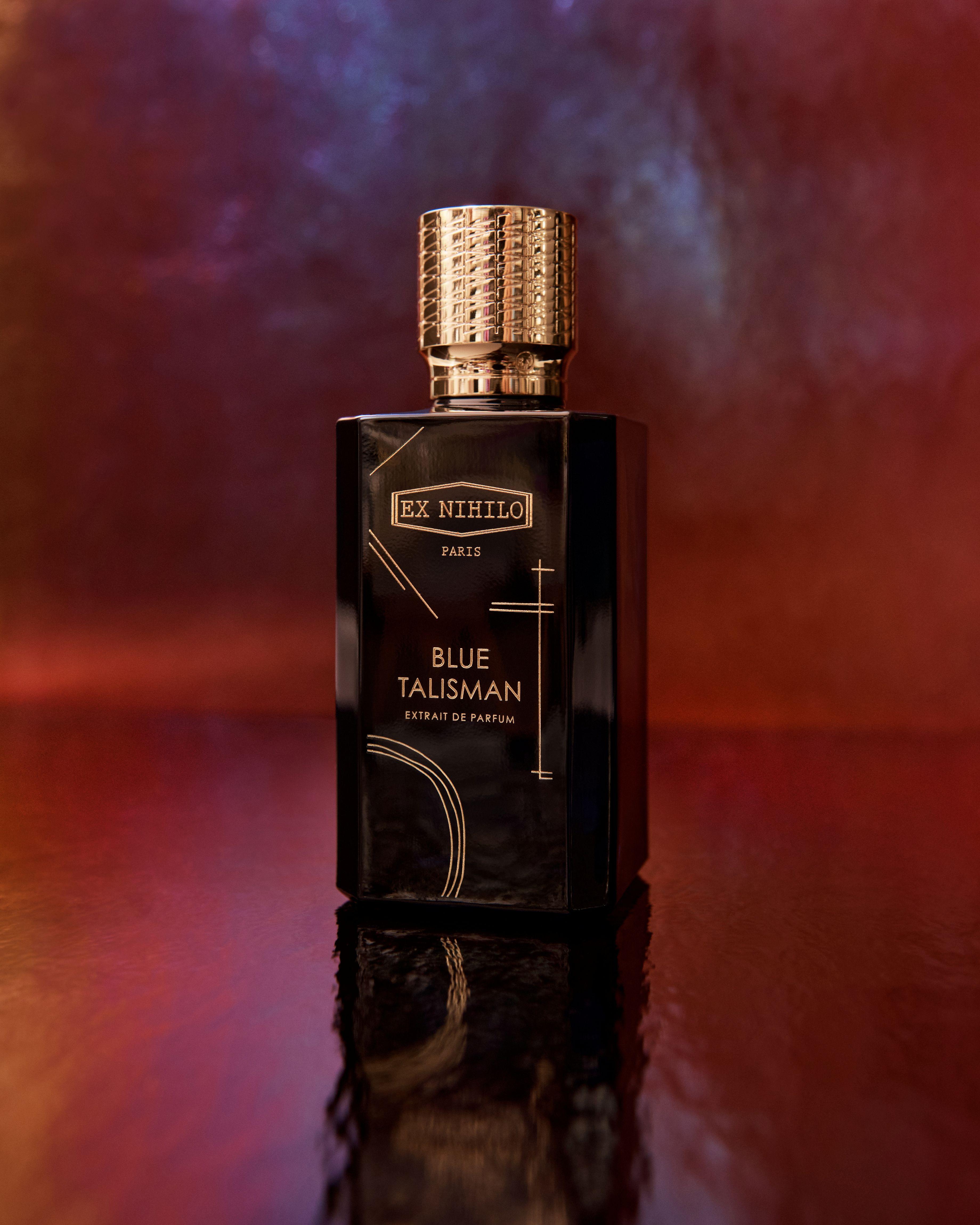



?fmt=auto&qlt=default)

